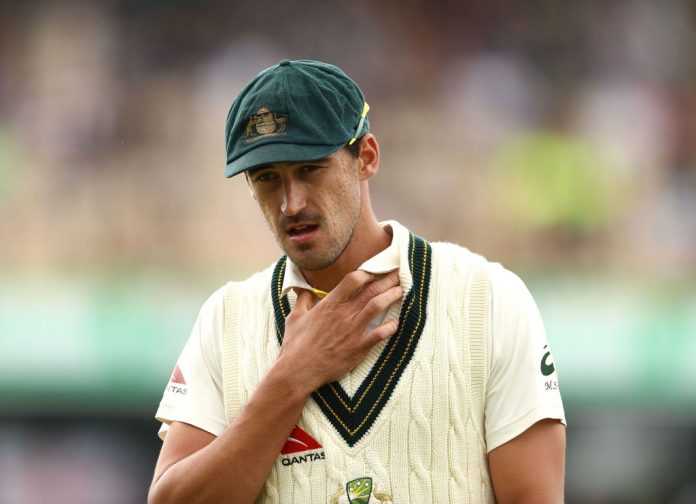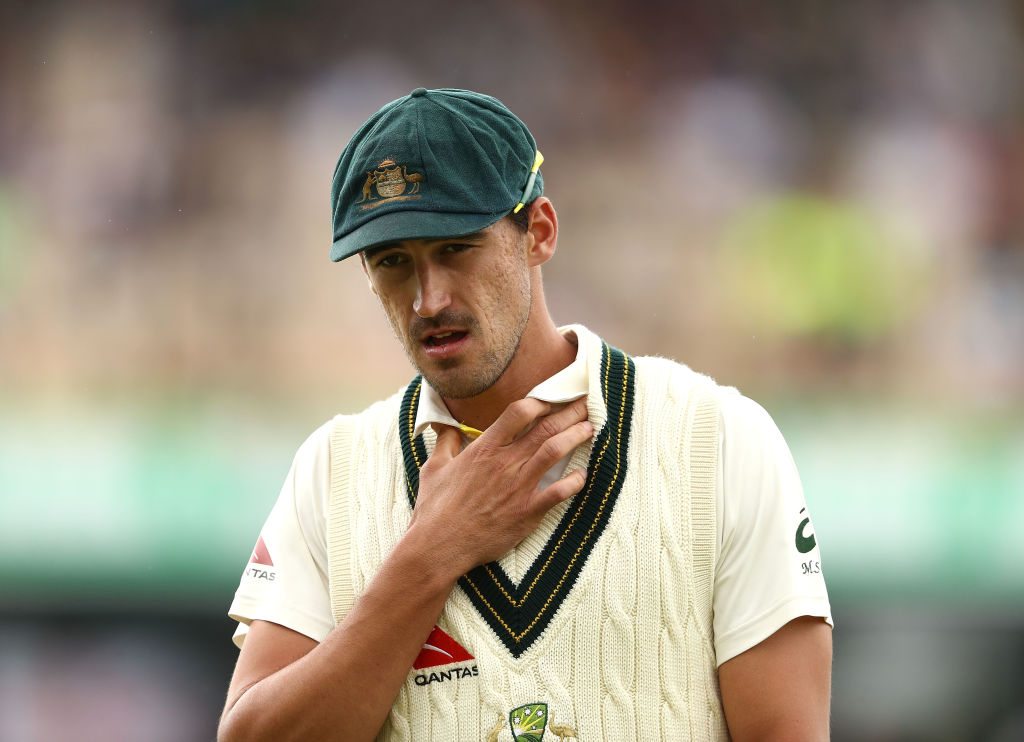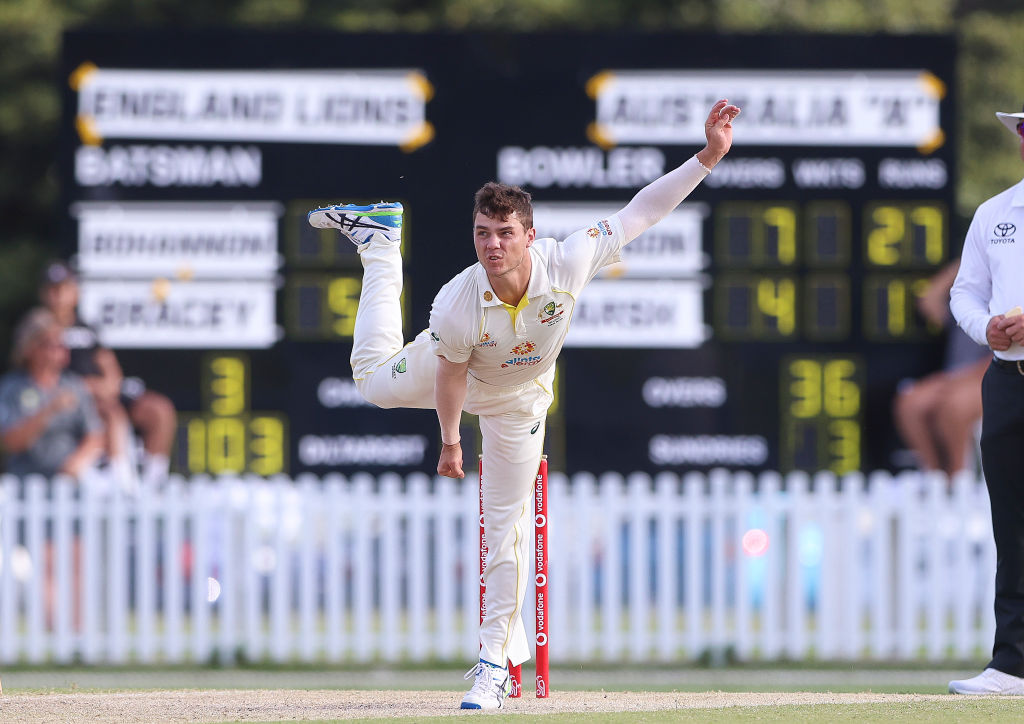

Mitchell Starc has gone from having his head on the Australian Test team's chopping block, to being the leader of the attack in three short Test matches.
Heading into the opening match of the series, Starc was fighting for a place with Western Australian quick Jhye Richardson, with captain Pat Cummins admitting it was a "close" race for the final spot in the bowling attack.
Fast forward to Boxing Day, and a mix of Starc's excellent form, as well as Josh Hazlewood's injury and Cummins himself missing the second Test in Adelaide due to being deemed a close contact of a COVID case has meant Starc has become Australia's most important bowler.
He leads the way for wickets in the series, having taken 14 at 19.64, and in very un-Starc like fashion, going at less than three runs per over. His strike rate of 42.9 is also phenomenal and on par with any other bowler in the series whose name isn't Scott Boland.
But heading to Sydney, the Ashes are wrapped up and Australia now have the task of attempting to white-wash the series.
There are three key reasons the Aussies really should rest Starc for the Test in his home state, and the first of them is to directly pick the best team for the environment.
The Sydney pitch often either takes turn, or is flat and not all that helpful to bowling attacks.
While Australia would probably love to wheel out their first choice attack with Starc, Cummins and a returning Josh Hazlewood, it isn't worth the risk of picking the trio and have them breaking down having to bowl plenty of overs in conditions which don't suit.
Hazlewood should be given more time before coming back for the Hobart Test under lights, while Starc's record in Sydney is traditionally the worst of just about any ground he has played on.
All up he has taken 20 wickets at 42.3 in seven Tests on his home turf at the Sydney Cricket Ground - a record which won't be striking fear into the heart of anyone.
But that record is boosted by nine wickets in his first two Tests at the venue back in 2013 and 2015 against Sri Lanka and India when he came away with 3 for 71, 1 for 49, 3 for 106 and 2 for 36.
Since then, he has taken just 11 wickets in five Tests at an average of 53.1.
If Australia are serious about winning the Ashes, then picking Starc in Sydney isn't going to help that cause, particularly when Scott Boland is potentially the best quick to bowl on flat wickets in the country at the moment.
He proves it time and time again in the Sheffield Shield, and his ability to bowl long spells could come in valuable.
That means you can count Boland, Cummins and Nathan Lyon into the attack for the Sydney Test.
On a pitch which is likely to take turn though, the fourth specialist bowling option should be a debut for Mitchell Swepson. It's time for Australia to play the long game, and that means looking at what is on the horizon.

That is a Test tour to Pakistan. Blind Freddy knows those conditions will take turn, and Australia playing two spinners on the sub-continent is more of a certainty than a question.
That said, the last thing Australia will want to do is put the pressure of a Test debut on Swepson to go with a Test in those conditions. It would be far more ideal to do it under no pressure in Sydney, than under all sorts of pressure in Pakistan.
Swepson might average 33 with the ball in first-class cricket, but his form has been excellent in recent times, finishing the last Sheffield Shield season with nine wickets in his last two games, and taking four wickets in the recent Australia A vs England Lions match.
He is going to play in Pakistan, and with Cameron Green providing extra pace bowling - and genuine pace bowling at that - batting at six, there is no reason Australia can't go for a practice run of two front-line spinners now.
The other reason - and maybe the most important in fact - to rest Starc is the fact he hasn't played a red-ball match in 12 months before the Ashes.
He has then played three back-to-back Tests, and while Australia haven't been forced to bowl all that many overs, Starc has churned out 100, which is more than any other quick in the series - even Ollie Robinson has only bowled 87 overs despite playing all three Tests for the tourists.
The last thing Australia want is Starc breaking down in Sydney, given how dangerous he will be in Hobart, the Pakistan tour to come, plenty of limited-overs cricket and a home T20 World Cup at the end of the year.
It's simply not worth the risk given the situation Australia currently find themselves in, and if the selectors play the smart, long-game approach, then the attack will be Cummins, Boland, Lyon, Swepson and Green at the Sydney Cricket Ground.





